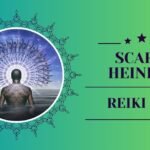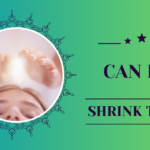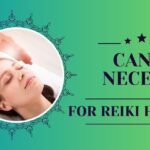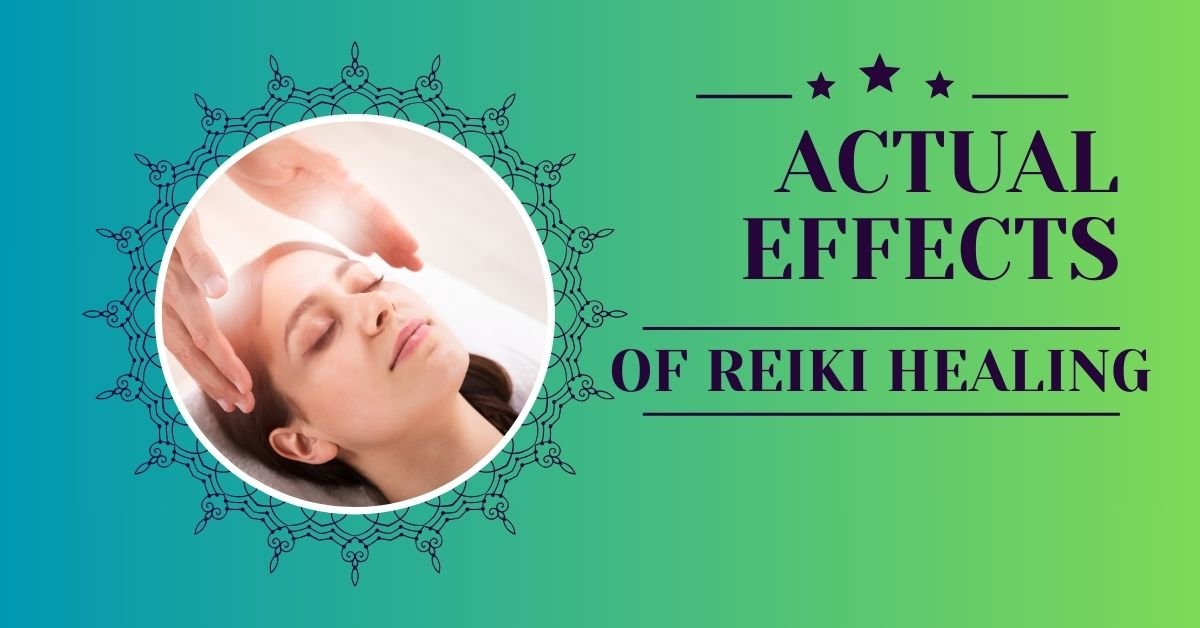Introduction to Reiki Healing
actual effects of reiki healing,In the fast-paced world we live in, many people are turning to ancient healing practices to find balance and wellness. One such practice that has gained remarkable popularity is Reiki healing. Originating from Japan in the early 20th century, Reiki is a form of energy healing that aims to promote emotional, spiritual, and physical well-being through gentle touch and channeling life force energy.
Understanding Reiki’s Influence on the Body
Reiki operates on the principle that an unseen “life force energy” flows through us and is what causes us to be alive. When this energy is low, we are more likely to get sick or feel stress, and when it is high, we are more capable of being happy and healthy. Reiki practitioners use their hands to channel this energy to the patient, supporting the body’s natural ability to heal itself.
Scientific Research and Evidence Actual Effects of Reiki Healing
While the concept of energy healing may seem abstract, there is growing scientific interest in understanding how Reiki works. A number of studies have explored Reiki’s impact on various health conditions:
- Pain Management:
- A study published in the Journal of Pain and Symptom Management found that cancer patients who received Reiki reported significant reductions in pain compared to those who did not receive Reiki.
- Stress Reduction:
- Research in the Journal of Alternative and Complementary Medicine indicated that Reiki could reduce stress and anxiety in patients undergoing surgery.
- Mental Health:
- A pilot study in Biological Research for Nursing showed that Reiki could improve mood and decrease symptoms of depression and anxiety in participants.
However, the field of Reiki research faces challenges such as the need for more robust study designs and the difficulty in measuring subtle energy fields objectively. Despite these limitations, the anecdotal and preliminary scientific evidence points to a positive impact of Reiki on overall well-being.
Personal Testimonials and Experiences
One of the most compelling aspects of Reiki is the wealth of personal testimonials from those who have experienced its benefits firsthand:
- Sarah’s Story:
- “Reiki helped me manage my chronic migraines in a way that no medication could. The gentle sessions brought me a sense of calm and relief I hadn’t felt in years.”
- John’s Experience:
- “After just a few sessions of Reiki, I noticed a significant improvement in my anxiety levels. It felt like a weight had been lifted off my shoulders.”
These stories highlight the profound and varied impacts Reiki can have on individuals’ lives.
The Role of Reiki in Holistic Wellness
Reiki is often integrated into broader holistic wellness practices. It complements other alternative therapies such as acupuncture, meditation, and yoga, creating a comprehensive approach to health that considers the mind, body, and spirit.
- Complementary Practices:
- Meditation:
- Enhances the calming effects of Reiki by promoting mindfulness and relaxation.Yoga:Facilitates physical flexibility and mental clarity, which can deepen the benefits of Reiki.Acupuncture:Works on similar principles of energy flow and can be used in conjunction with Reiki for enhanced healing effects.
- Myth:Reiki is a religion.Fact:Reiki is a spiritual healing practice, but it is not tied to any religious doctrine. It is accessible to people of all faiths and beliefs.Myth:Anyone can perform Reiki without training.Fact:Reiki practitioners undergo extensive training and attunement processes to channel energy effectively.
- Research:Look for practitioners who are certified by recognized Reiki organizations.Reviews:Read testimonials and reviews from previous clients to gauge the practitioner’s effectiveness.Consultation:Schedule an initial consultation to discuss your needs and see if you feel comfortable with the practitioner’s approach.
Self-Practice and Distance Reiki
For those who prefer self-practice, there are resources available to learn Reiki techniques. Distance Reiki, where energy is sent remotely, is also an option and has gained popularity, especially in the digital age.
What Does Reiki Do to Your Body?
Reiki’s influence on the body is both subtle and profound, working on multiple levels to promote holistic well-being. Physically, Reiki sessions can lead to relaxation, reduced tension, and a sense of calm, which in turn can alleviate symptoms of stress-related conditions. Many clients report experiencing a gentle warmth or tingling sensation during sessions, which is believed to be the flow of energy being channeled by the practitioner. This energy flow supports the body’s natural healing processes, potentially accelerating recovery from physical injuries or illnesses.
Beyond the physical sensations, Reiki targets deeper energetic imbalances that modern science is only beginning to understand. By clearing blockages in the body’s energy pathways, Reiki aims to restore harmony, which can lead to improvements in mental clarity and emotional stability. Practitioners also believe that this energy work helps strengthen the immune system, increase vitality, and foster an overall sense of inner peace. As a complementary therapy, Reiki does not replace medical treatment but works alongside it to enhance the body’s capacity to heal.
The Future of Reiki in Mainstream Healthcare
The integration of Reiki into mainstream healthcare is a growing trend. Hospitals and wellness centers are increasingly offering Reiki as a complementary therapy for patients.
- Examples:
- Massachusetts General Hospital:
- Offers Reiki sessions to patients undergoing cancer treatment.
- Cleveland Clinic:
- Provides Reiki as part of its integrative medicine program.
This growing acceptance suggests a promising future for Reiki in holistic and conventional healthcare settings alike.
Does Reiki Have Any Negative Effects?
Reiki is generally considered to be a safe and non-invasive form of therapy. There are no known serious side effects directly linked to Reiki treatment. However, some individuals might experience mild and temporary effects as their body adjusts to the energy shifts induced by the therapy. These can include feelings of fatigue, a mild headache, or slight emotional ups and downs. These reactions are often seen as a part of the healing process, as the body releases toxins and rebalances itself. It is essential to communicate with your practitioner about any discomfort you experience, so they can offer guidance and support. Overall, the benefits of Reiki are well-documented, and its mild side effects are relatively rare and short-lived.
Conclusion
Reiki offers a holistic approach to healing that integrates physical, emotional, and spiritual well-being. As its influence within mainstream healthcare continues to grow, it is increasingly being recognized for its potential to complement conventional treatments and enhance overall quality of life. With a strong foundation of personal testimonials and a growing body of scientific research, Reiki stands as a promising avenue for those seeking to improve their health and wellness through alternative means.
If you’re intrigued by the possibilities of energy healing, consider exploring a Reiki session with a certified practitioner to experience its myriad benefits firsthand. Whether used as a stand-alone practice or in conjunction with other medical treatments, Reiki’s gentle, non-invasive approach makes it accessible and beneficial for individuals of all ages and backgrounds.
Frequently Asked Questions (FAQs)
What is Reiki and how does it work?
Reiki is a form of alternative therapy commonly referred to as energy healing. It involves the transfer of universal energy from the practitioner’s palms to the patient, intended to encourage emotional or physical healing. Practitioners believe that by channeling energy in this manner, they can help release blockages and restore balance within the body.
Is Reiki safe for everyone?
Yes, Reiki is generally considered safe for people of all ages, including children and the elderly. It is non-invasive and does not involve any physical manipulation. During a session, individuals remain fully clothed, and the practitioner may place their hands gently on or just above the client’s body.
How many sessions are typically needed to see results?
The number of Reiki sessions needed to see results can vary depending on the individual’s condition and goals. Some people may feel immediate benefits after one session, while others might need multiple sessions to experience significant changes. It often depends on the depth of the issue being addressed.
Can Reiki be combined with conventional medical treatments?
Yes, Reiki can be used alongside conventional medical treatments. It is considered a complementary therapy, meaning it can support traditional medical practices but not replace them. Reiki can enhance overall well-being and help manage symptoms, but it is not a substitute for professional medical advice and treatment.
What should I expect during a Reiki session?
During a Reiki session, you can expect a calm and relaxing environment. The practitioner will ask you to lie down comfortably on a massage table. You may feel sensations such as warmth, tingling, or a sense of deep relaxation as the practitioner places their hands on or near your body. The session typically lasts between 30 to 60 minutes, and you will be encouraged to relax fully and focus on your healing process.







